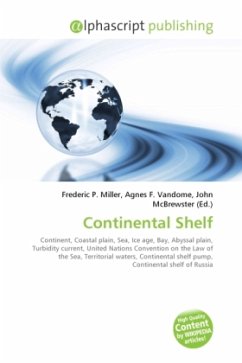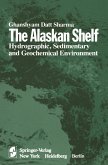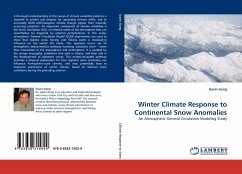The continental shelf is the extended perimeter of each continent and associated coastal plain, and was part of the continent during the glacial periods, but is undersea during interglacial periods such as the current epoch by relatively shallow seas (known as shelf seas) and gulfs. The continental rise is below the slope, but landward of the abyssal plains. Its gradient is intermediate between the slope and the shelf, on the order of 0.5-1°. Extending as far as 500 km from the slope, it consists of thick sediments deposited by turbidity currents from the shelf and slope. Sediment cascades down the slope and accumulates as a pile of sediment at the base of the slope, called the continental rise. Under the United Nations Convention on the Law of the Sea, the name continental shelf was given a legal definition as the stretch of the seabed adjacent to the shores of a particular country to which it belongs. See the Territorial waters page for more details.
Bitte wählen Sie Ihr Anliegen aus.
Rechnungen
Retourenschein anfordern
Bestellstatus
Storno








